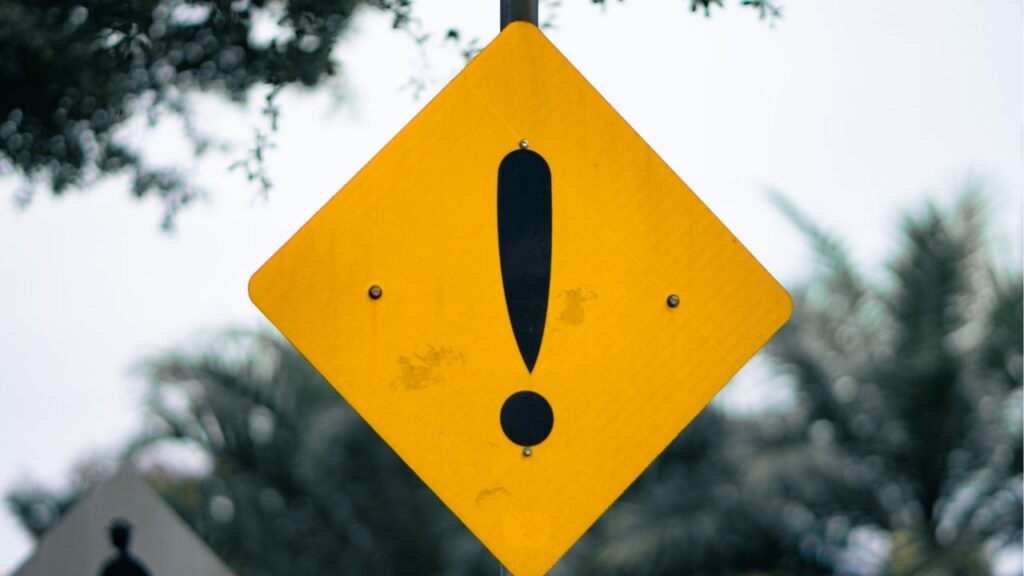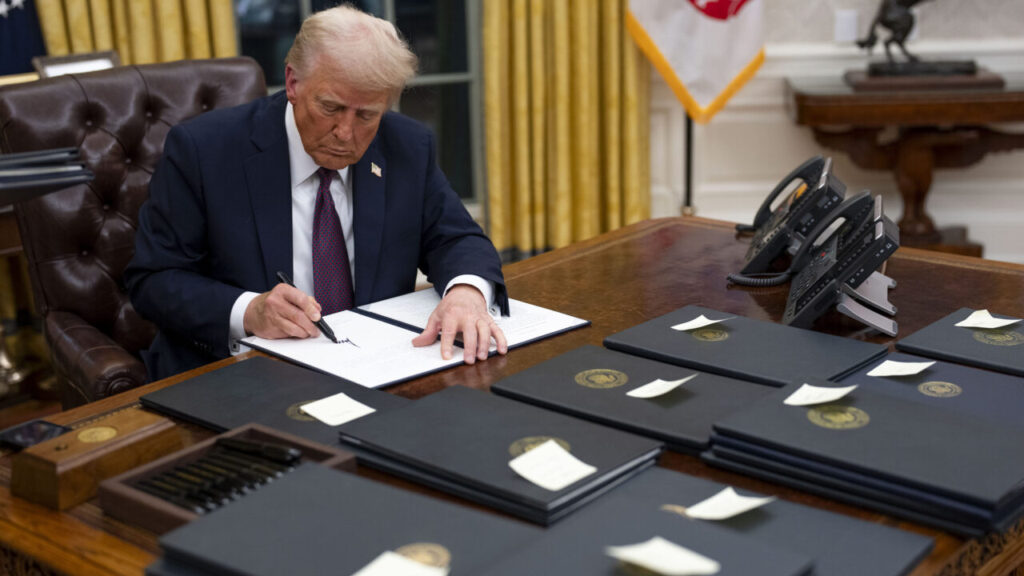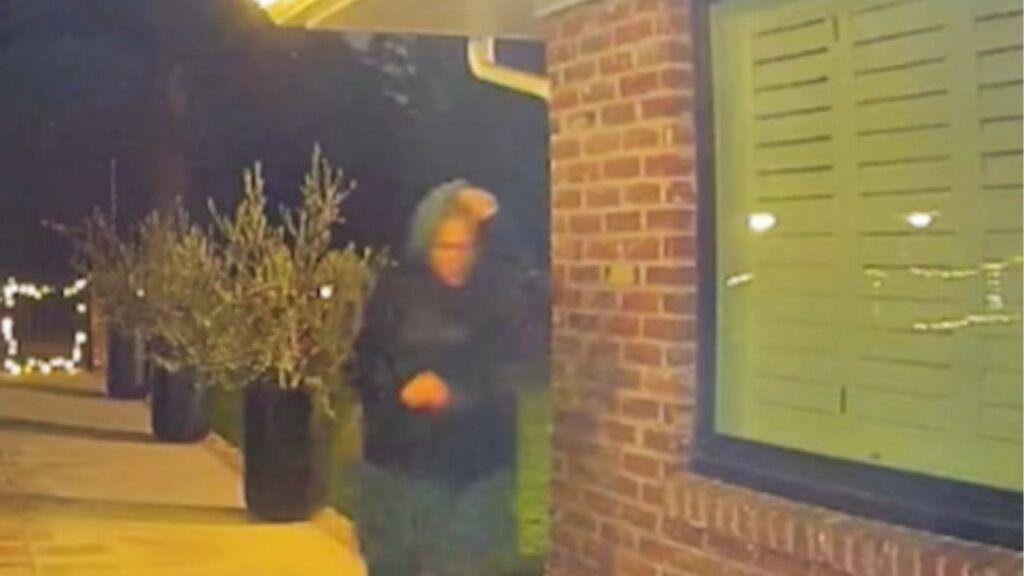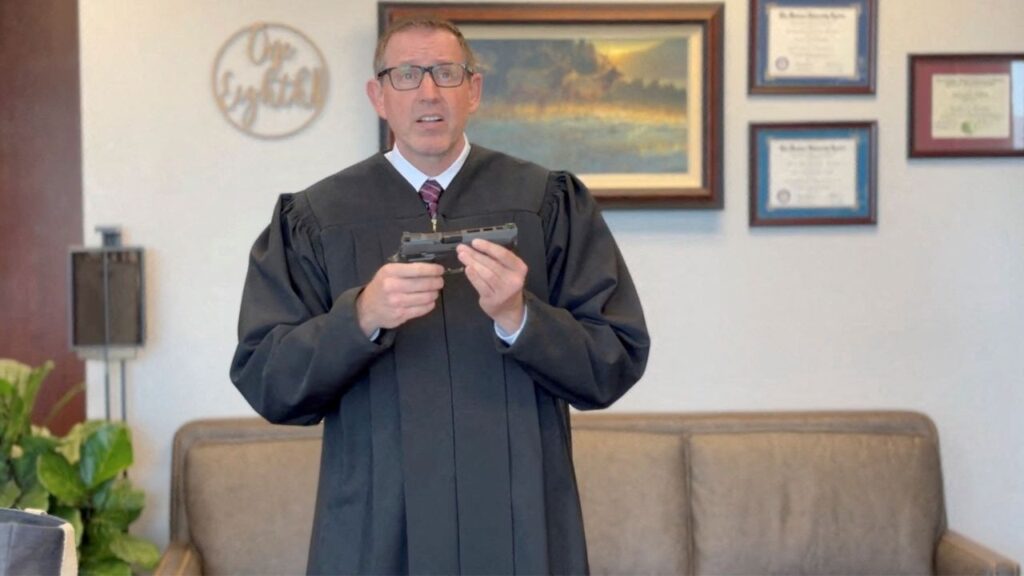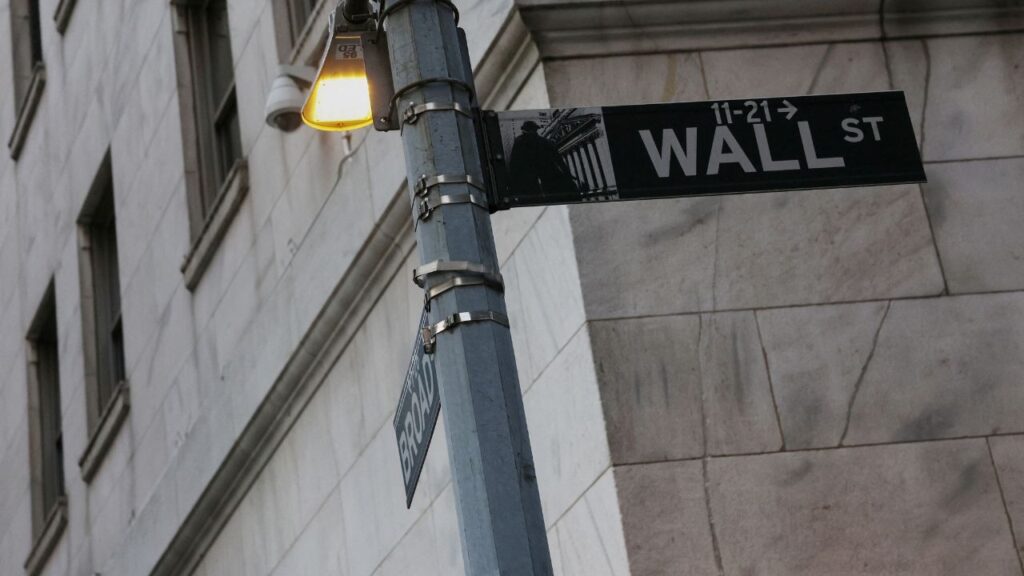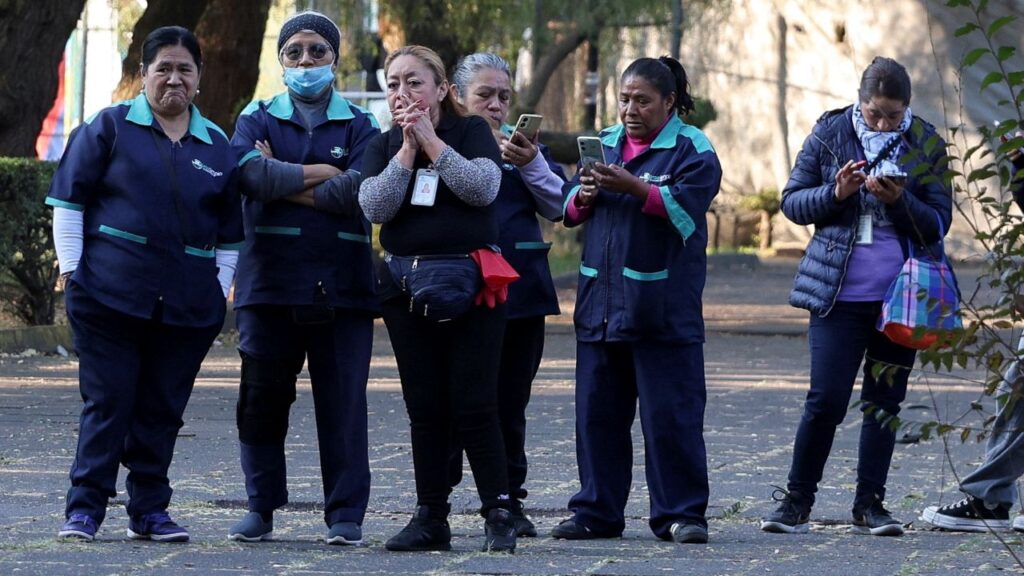Share
SAN FRANCISCO — Pacific Gas & Electric is still operating a rickety power line near the one that ignited a 2018 wildfire that wiped out the Northern California city of Paradise and killed 85 people, according to an expert inspection conducted as part of a legal claim.
The potential hazards were spotted along a transmission line known as “Cresta-Rio Oso,” about 300 feet from another line, known as Caribou-Palermo. A rusting piece of equipment that failed in 2018 on the Caribou-Palermo line has been blamed for causing the fire that destroyed thousands of homes and other buildings, mostly in Paradise.
The findings, made public Thursday by lawyers for victims who lost family members and homes, come as PG&E tries to persuade Gov. Gavin Newsom that the company has turned over a new leaf as it tries to emerge from a bankruptcy case stemming from more than $50 billion in claimed wildfire losses. Newsom has threatened a government takeover bid of PG&E unless the company proves it can operate more safely.
A federal judge has also been pressing the utility to provide evidence that it has improved its safety practices and is thoroughly inspecting its transmission lines to reduce the risks of future fires.

PG&E Has Repeatedly Said It Has Learned From Past Mistakes
U.S. District Judge William Alsup is overseeing PG&E as part of a five-year criminal probation imposed after the utility’s natural gas lines triggered a deadly explosion in 2010. A federal jury found the company guilty of five counts of safety violations and the one count of obstruction.
Alsup responded swiftly after being informed about the potential problems on the Cresta-Rio Oso line in a letter from the expert inspector. The judge issued an order on Thursday telling PG&E to be prepared to discuss the evidence presented to him during a Feb. 19 hearing in San Francisco.
PG&E has repeatedly said it has learned from past mistakes, prompting the company to intensify the inspection of 18,000 miles of overhead power lines in a service territory in Northern California that provides electricity to 16 million people.
Even so, the nation’s largest utility has acknowledged that its electrical grid needs so many upgrades that it will probably have to deliberately turn off the power periodically during hot and windy conditions when power lines can topple and start wildfires for at least a few more years in parts of Northern California to minimize fire risks.
In court documents filed in December, PG&E told Alsup the company had inspected 50,000 transmission structures in high-risk areas since the 2018 fire, using people and drones to check the condition of the equipment.
The Victims Remained Worried About Future Wildfire Risks
“All of the highest-priority conditions identified as a result of those inspections have been repaired or made safe,” PG&E assured Alsup. The filing didn’t specify which power lines had been examined and repaired.
The victims lawyers hired an expert, who they declined to identify, when they were preparing for a trial scheduled this year to help determine PG&E’s liability for the Paradise fire. But the trial became unnecessary when PG&E and the victims’ lawyers agreed to a $13.5 billion settlement covering the Camp Fire and other catastrophic wildfires in 2017.
Still, the victims remained worried about future wildfire risks posed by the PG&E power lines near their communities. Their lawyers alerted PG&E about the potential hazards on the Cresta-Rio Oso line before Thursday’s announcement, according to the attorneys.
Former Chico, California, police chief and wildfire victim Kirk Trostle stressed that the committee isn’t placing blame on PG&E, but trying to avert further devastation in areas still trying to rebuild.
“We could not bear the thought of another Camp Fire,” he said.
Categories

Wall Street Ends Mixed at the Top of the New Year
